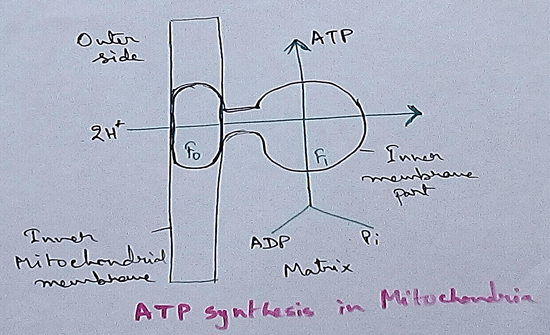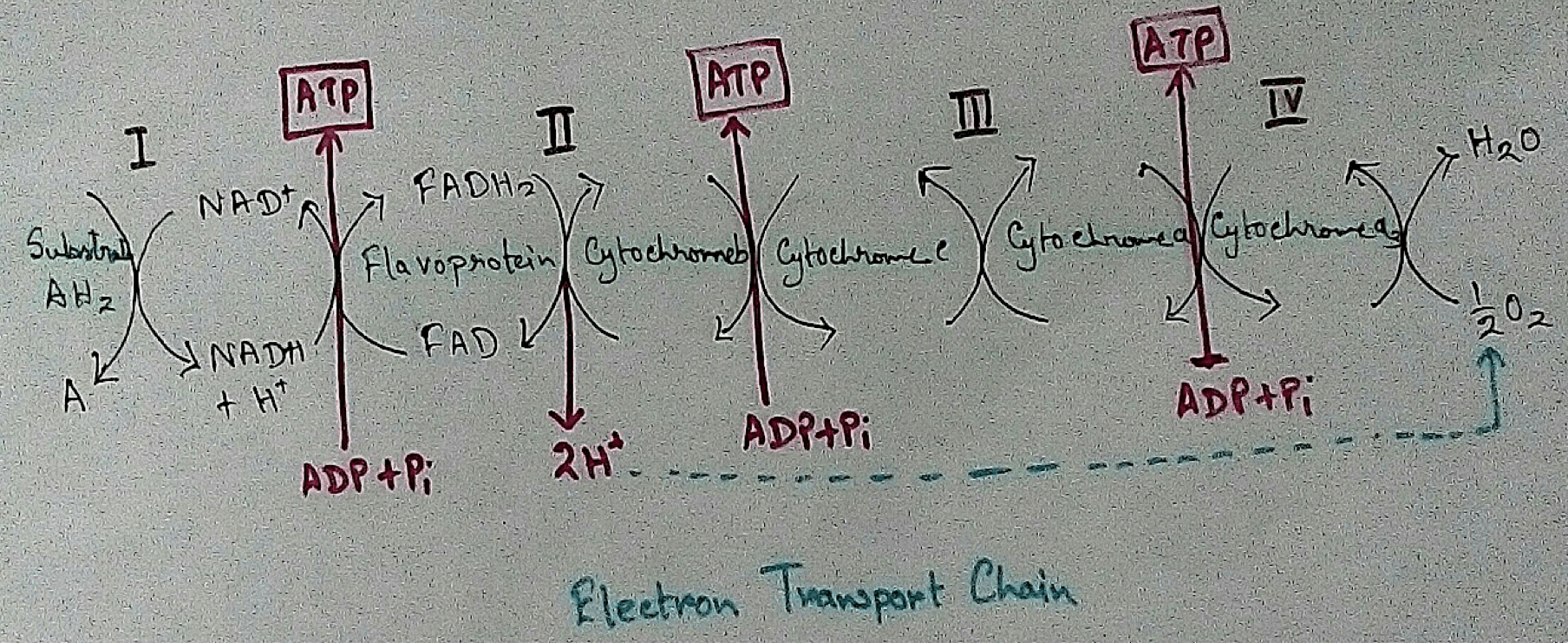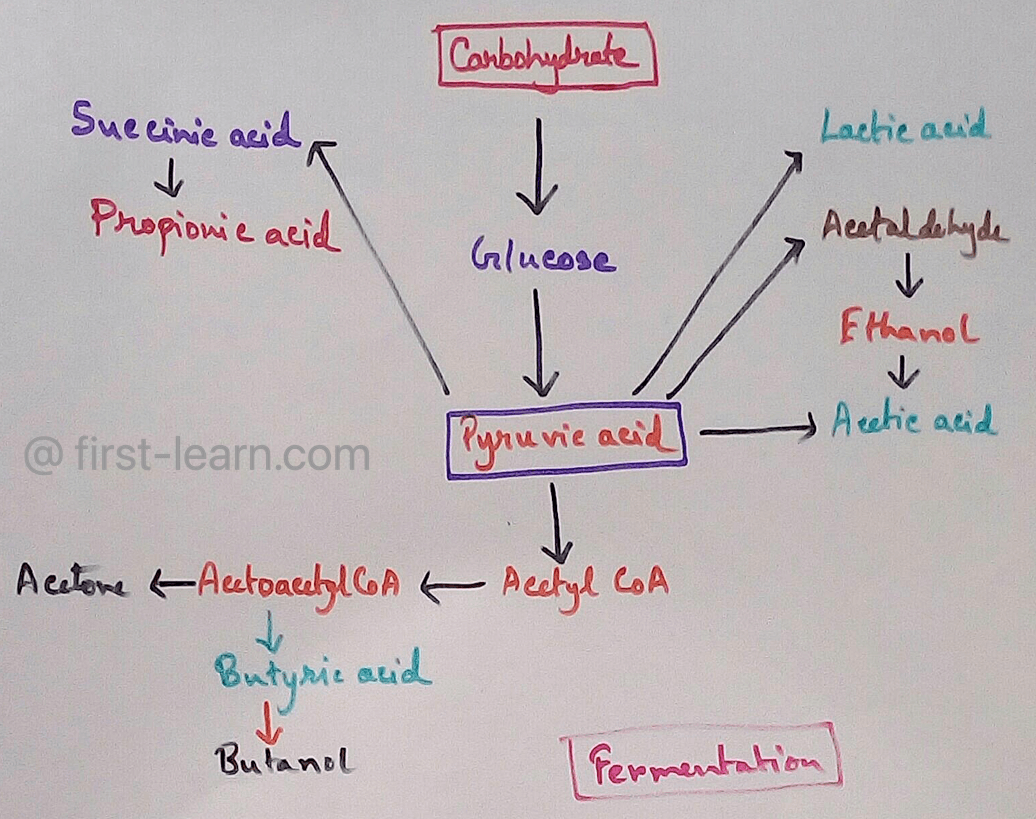Teeth and its Importance
Teeth and its importance part of our body. Teeth give shape and structure to the face. Teeth help us to bite and chew our food. Teeth help in speech. We are able to form words and speak clearly.
The first set of teeth which appear in a baby are called milk teeth. By the age of two years, the child has twenty teeth.
At the age of six years, the milk teeth begin to fall. New teeth, which come in the place of old teeth, are called permanent teeth. By the age of twenty-five years an adult has thirty-two teeth.
Different kinds of teeth and its importance:
We have three kinds of teeth. They have different functions.
1. Incisors are the biting teeth:
The front teeth are thin, flat and harp. We use them to bite into the food.
2. Canines are the
tearing teeth:
These teeth are pointed and used to tear off pieces of food.
3. Molars are the grinding teeth:
These teeth are at the back. They are broad, flat and strong. They are used to chew food.
Teeth have their roots in the gums.
What will happen to our teeth if we do not take good care of our teeth?
If we do not take good care of our teeth then:
(i) Food particles will remain between the teeth.
(ii) Bacteria will thrive on these food particles.
(iii) This will cause a foul smell.
(iv) The teeth will decay. Gums will get infected.
(v) This may result in a toothache.
How can we take good care of our teeth?
(i) We should brush our teeth every morning.
(ii) We should also clean the tongue and massage the gums after brushing.
(iii) Eat plenty of fibrous fruits and raw vegetables to clean and strengthen teeth.
(iv) Wash and gargle every time after we eat something.
(v) We should brush our teeth at night before bedtime.
From Teeth and its Importance to HOME PAGE
Recent Articles
-
Respiratory Balance Sheet | TCA Cycle | ATP Consumption Process
Feb 18, 24 01:56 PM
The major component that produced during the photosynthesis is Glucose which is further metabolised by the different metabolic pathways like glycolysis, Krebs cycle, TCA cycle and produces energy whic… -
Electron Transport System and Oxidative Phosphorylation | ETC |Diagram
Feb 04, 24 01:57 PM
It is also called ETC. Electron transfer means the process where one electron relocates from one atom to the other atom. Definition of electron transport chain - The biological process where a chains… -
Tricarboxylic Acid Cycle | Krebs Cycle | Steps | End Products |Diagram
Jan 28, 24 12:39 PM
This is a type of process which execute in a cyclical form and final common pathway for oxidation of Carbohydrates fat protein through which acetyl coenzyme a or acetyl CoA is completely oxidised to c… -
Aerobic Respiration | Definition of Aerobic Respiration | Glycolysis
Dec 15, 23 08:42 AM
This is a type of respiration where molecular free oxygen is used as the final acceptor and it is observed in cell. Site of Aerobic Respiration - Aerobic respiration is observed in most of the eukaryo… -
Fermentation | Definition | Types of Fermentation | Application
Nov 29, 23 10:27 PM
Definition of fermentation- It is a process that is energy yielding process of anaerobic oxidation of organic compounds which are carried out by the enzyme action of micro organisms where neither gase…




New! Comments
Have your say about what you just read! Leave me a comment in the box below.